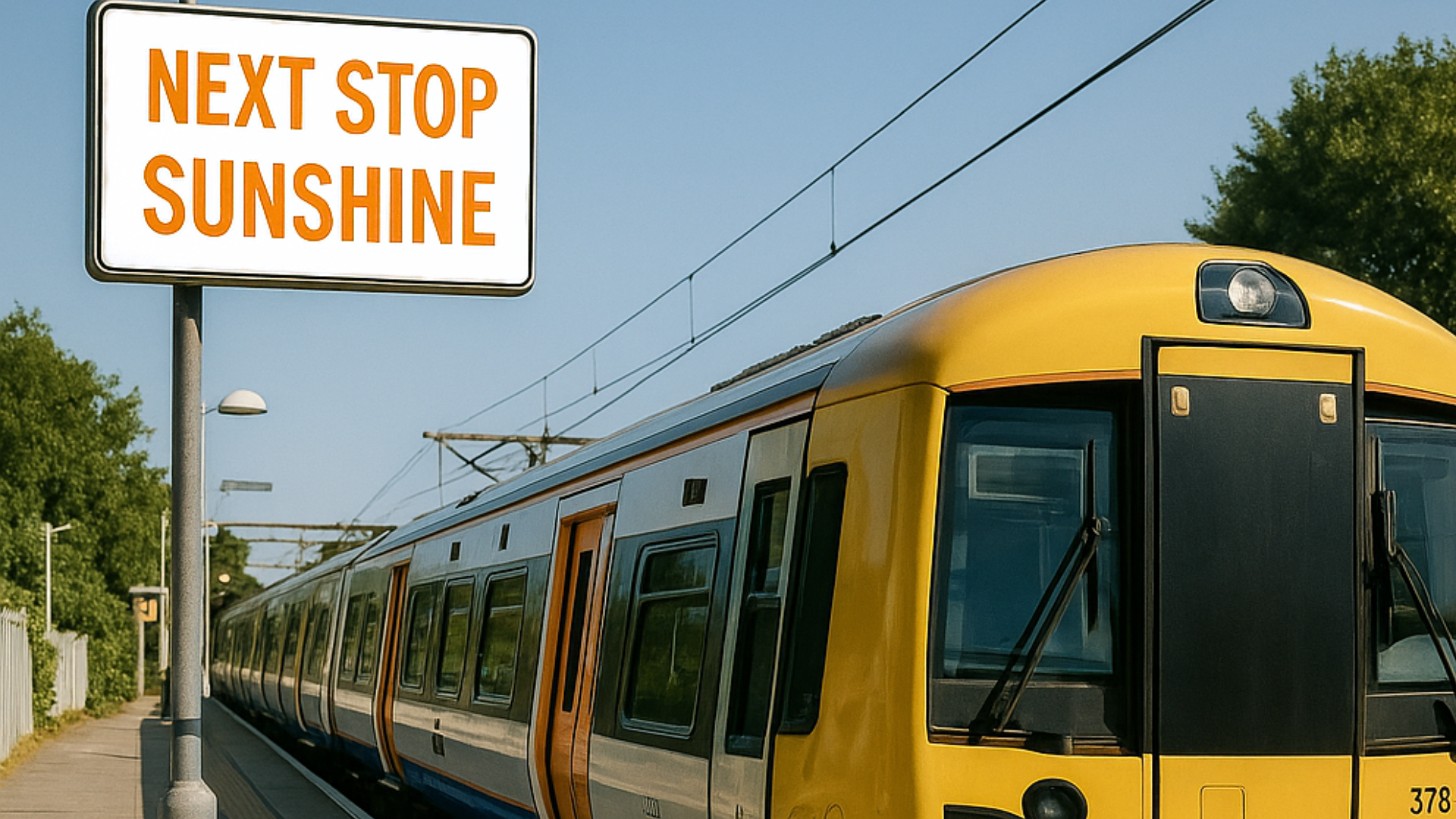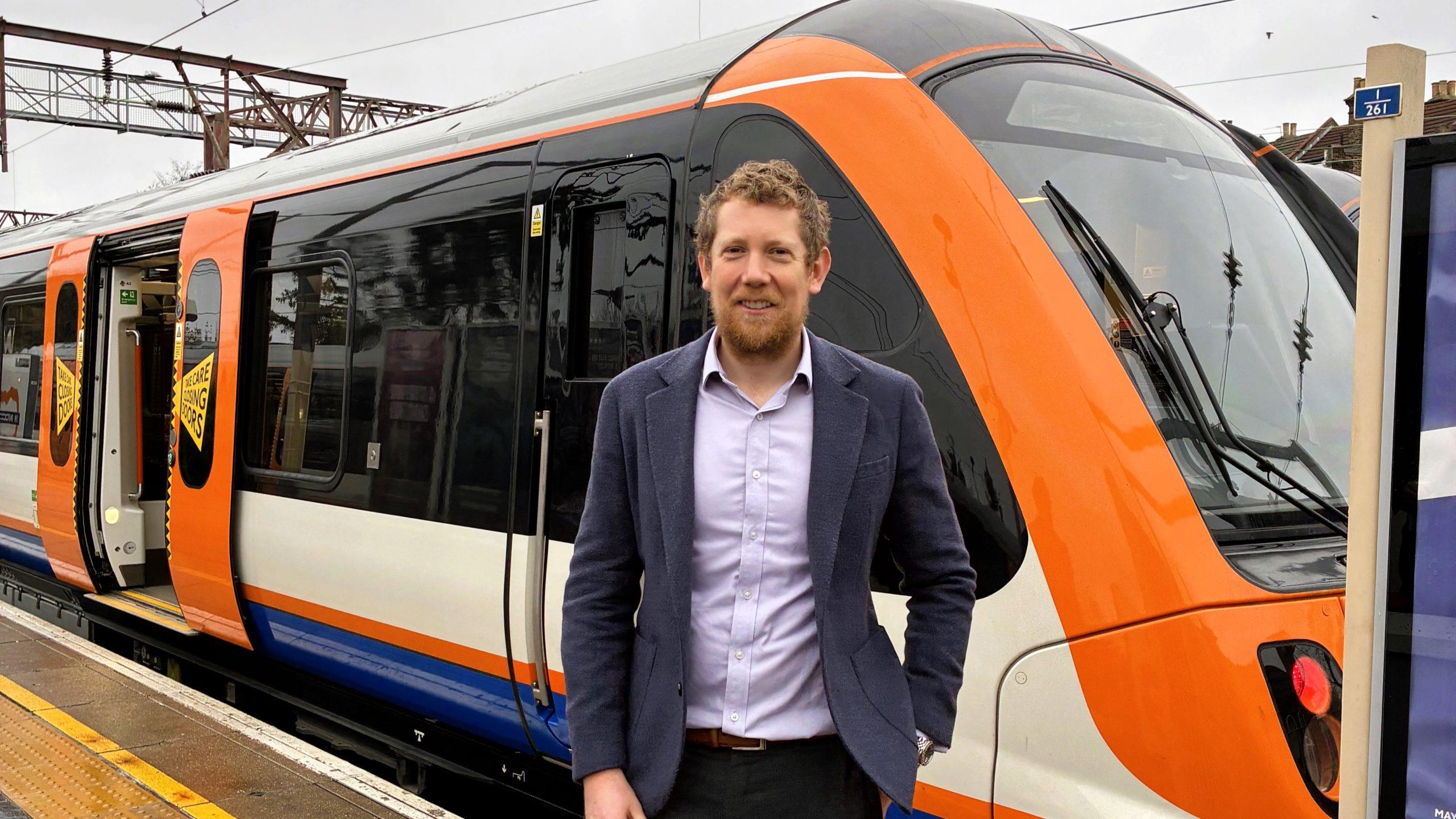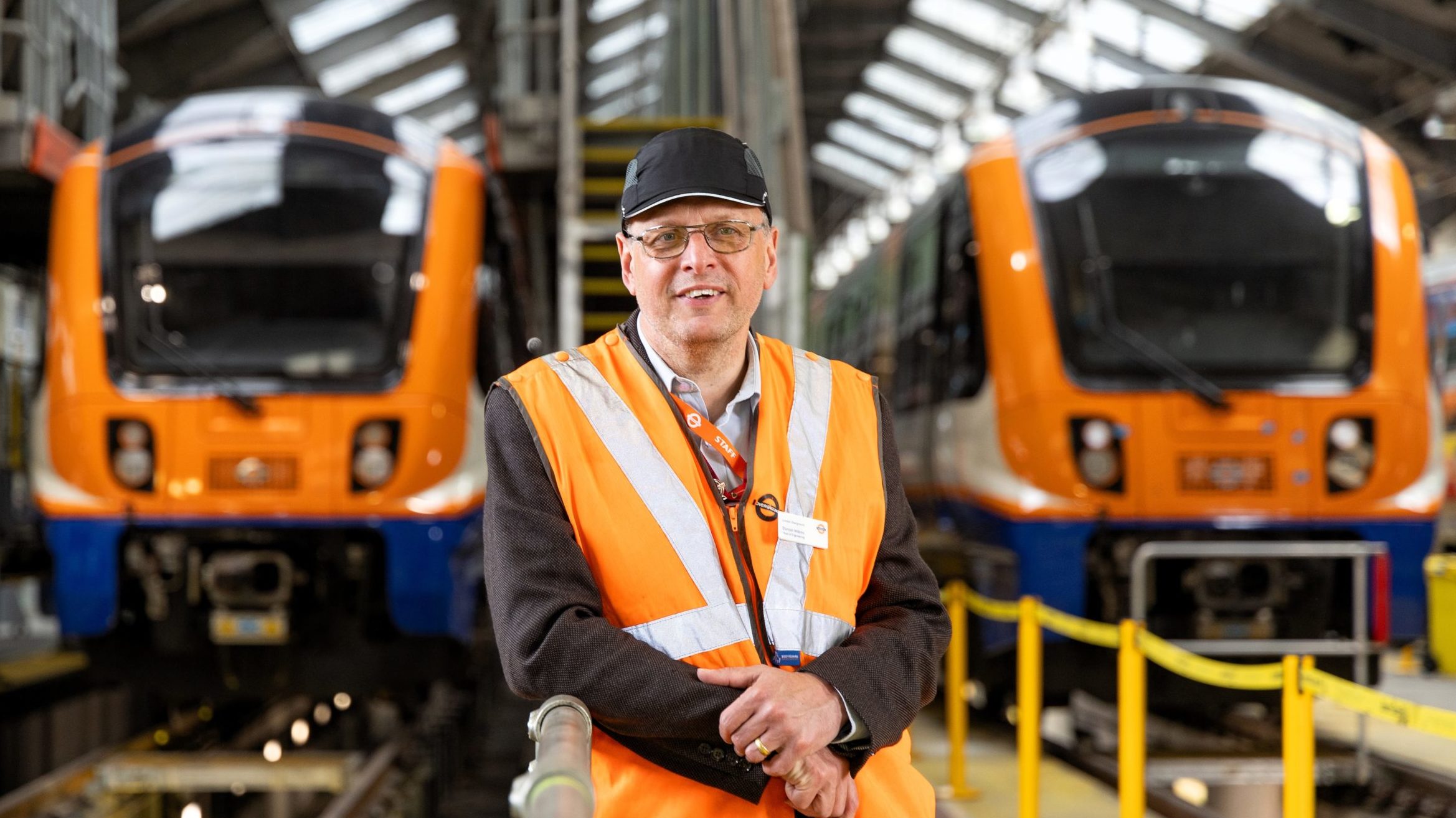- Home
- /
- Arriva Rail London news
- /
- The Heat is On:...
The Heat is On: How our team keeps services moving during hot weather
13 August 2025

Keeping a railway running smoothly always has its challenges – but throw in sweltering summer heat, and there’s a whole new list of risks to manage. As London hits its fourth heatwave of the season, we spoke to colleagues across Arriva Rail London (ARL) about how they prioritise passenger and employee safety while keeping services on track.
Preparation, preparation, preparation
“Summers are getting hotter, and winters are getting colder, so we have to be as best prepared as we can,” says Mark Hughes, head of health and safety. This means the preparation for hot weather begins well before the mercury rises. “Every year at the start of summer, we go through a Stage Gate process that covers every area of the business,” explains Liz James, on-time performance leader and seasonal lead. “We check that station teams have ordered water supplies and that distribution plans are up to date.”

Liz James, on-time performance leader and seasonal lead
The team also reviews the previous summer’s performance, identifying what worked well and where improvements are needed. One issue flagged last year was overheating in cabinets containing electrical components for the signalling system. “We’ve worked with Network Rail to ensure better ventilation this year,” Liz adds.
Chain reaction
When the Met Office issues an extreme heat warning, a coordinated response is triggered. “Network Rail will generally trigger an Extreme Weather Action Team (EWAT),” says Tom Dobson, senior network lead. “They assess infrastructure risks, what the rail temperatures will be, and what risks we have as a business.”
The ARL Control team respond by initiating hot weather announcements at stations, advising passengers to carry water. Additional resources are deployed, including strategically placed Mobile Operations Managers (MOMs) from Network Rail. “We know the line between Richmond and Willesden can be vulnerable, so we’ll ask for a MOM to be placed at Richmond station in case the infrastructure should fail there,” Tom explains.

Tom Dobson, senior network lead
Control also works closely with ARL’s fleet and customer experience teams. “Fleet monitors heating, ventilation and air conditioning, and will report any issues into us if our drivers haven’t already done so,” says Tom. “We have set contingency plans if something does go wrong in terms of how we run the service.”
Daily performance calls between operations and control help continually refine the response. “If something didn’t go well the day before, we make the necessary changes,” adds Liz.
Battling the elements
As well as infrastructure challenges, natural elements can also pose risks. “The grass along the tracks can get very dry, increasing the risk of fire,” says Mark Hughes. “We don’t want a trackside fire halting a train in the heat, as that could lead to passengers self-evacuating.” This means that vegetation management is crucial, so our team works closely with Network Rail to ensure this is kept on top of.

In sickness and in health
If a passenger falls ill on a train, this can also disrupt services. “We find it quite often happens in the morning peak, when trains are crowded,” says Phil Sargent, senior network lead. “Colleagues at the next station will be notified, and the focus is to get them off the train as this is the safest place to be and allows us to get the train moving again.”
Colleague wellbeing is also key to keeping our services running in challenging conditions. “There is a summer uniform for colleagues, and we raise awareness around avoiding the sun, encouraging colleagues to wear sunscreen and drink plenty of water – we have a lot of resources at depots around this.”
As extreme weather events become more frequent, ARL continues to adapt and improve its response. From infrastructure planning to frontline support, our teams are committed to keeping services running safely – whatever the forecast.



